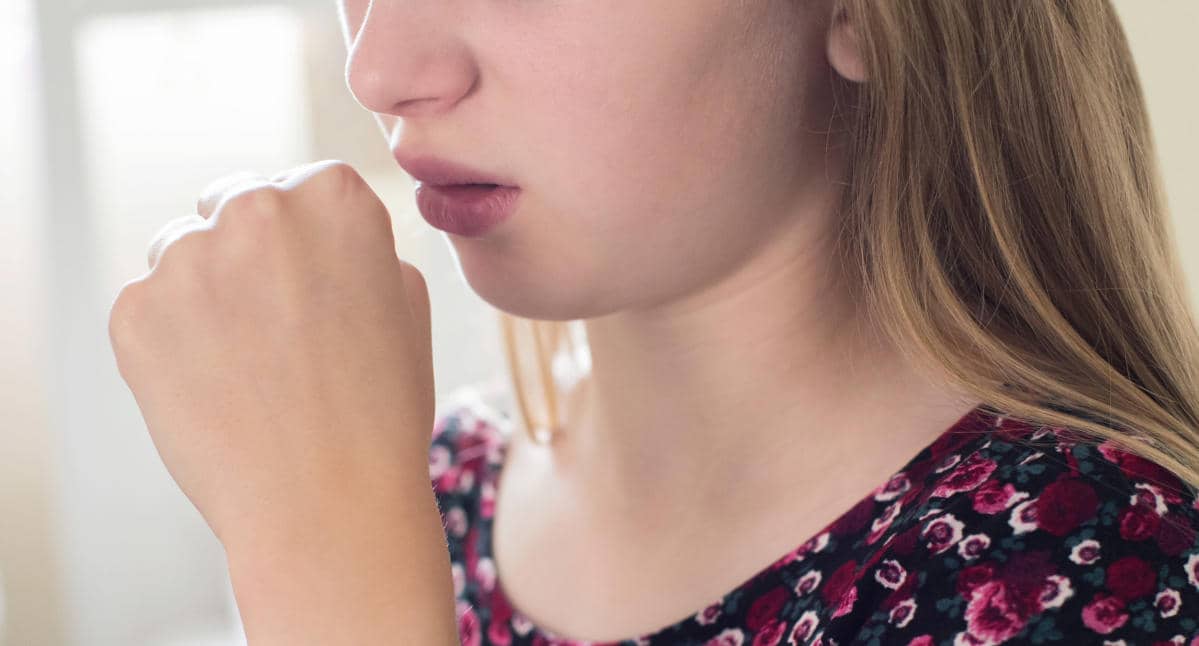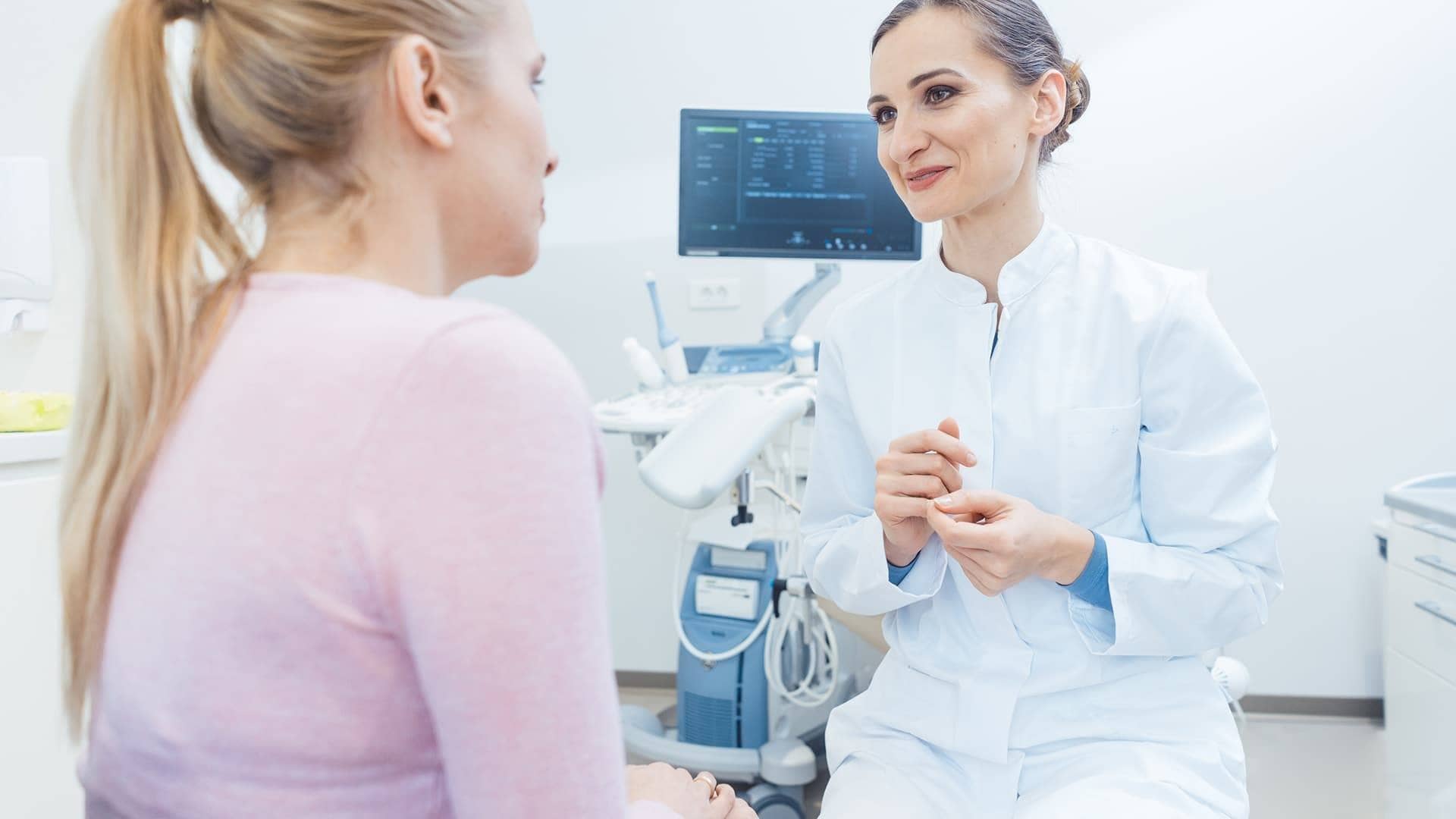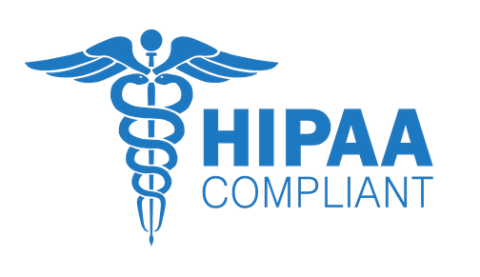
OVERVIEW
(Pertussis Post-Exposure Prophylaxis)
Are you worried about possible exposure to whooping cough? Pertussis, also known as whooping cough, is a highly contagious respiratory infection caused by the bacterium Bordetella pertussis.
Luckily, getting timely and effective post-exposure prophylaxis treatment online is easy with MYInstantMD. Discover how we can help protect you and your loved ones from this potentially serious illness.
Available in 50 states. No insurance needed.
What is Whooping Cough
Whooping cough, also known as pertussis, is a highly contagious respiratory infection caused by the bacteria called Bordetella pertussis. The disease spreads easily through coughing and sneezing, and can cause serious illness in people of all ages, but is most dangerous for babies.
Symptoms of whooping cough usually develop within 5 to 10 days after exposure, and include runny nose, low-grade fever, mild cough, and apnea in babies. As the disease progresses, the traditional symptoms of a severe hacking cough followed by a high-pitched “whoop” sound, vomiting, and exhaustion after coughing fits can appear.
Common Symptoms of Whooping Cough
The most common symptoms of whooping cough include severe coughing fits that can last for several minutes, followed by a high-pitched “whooping” sound when breathing in. These coughing fits can be so intense that they may cause vomiting, fatigue, and difficulty breathing.
Other symptoms may include a runny nose, low-grade fever, and mild coughing that gradually worsens over time.
Whooping cough is highly contagious and can cause serious illness in people of all ages, but it is especially dangerous for babies. If you or your child are experiencing any of these symptoms, it is important to seek medical attention right away.
Early diagnosis and treatment with antibiotics such as azithromycin or erythromycin can help prevent the infection from spreading and reduce the severity of symptoms.
Common Causes of Whooping Cough
Whooping cough, also known as pertussis, is primarily caused by the bacterium Bordetella pertussis. This highly contagious respiratory disease spreads through airborne droplets when an infected person coughs or sneezes.
Factors contributing to the spread of whooping cough include close contact with infected individuals, particularly in settings like schools and daycare centers. Infants and young children are especially susceptible due to their weaker immune systems and incomplete vaccination schedules. Lack of vaccination or waning immunity over time in adults can also contribute to outbreaks, highlighting the importance of booster shots to maintain immunity.
What is Pertussis Post-Exposure Prophylaxis
Pertussis post-exposure prophylaxis (PEP) is a preventive treatment administered to individuals who have been exposed to pertussis, commonly known as whooping cough, to reduce the risk of developing the disease.
PEP typically involves administering antibiotics, such as azithromycin or erythromycin, to those who have had close contact with an infected person, particularly in high-risk settings like households, schools, or healthcare facilities.
The goal of PEP is to prevent the spread of the infection, especially to vulnerable populations such as infants, pregnant women, and individuals with weakened immune systems.
Available Treatment Options for Pertussis Post-Exposure Prophylaxis
Effective treatment options are available for individuals exposed to pertussis, also known as whooping cough. Antibiotics such as azithromycin, erythromycin, and clarithromycin are recommended for post-exposure prophylaxis (PEP) to prevent the development of the disease.
According to the CDC, PEP should be provided to all asymptomatic household contacts of a pertussis case within 21 days of onset of cough in the index patient. Azithromycin is the preferred antibiotic for both treatment and prophylaxis of pertussis due to its efficacy and convenience of dosing.
Healthcare workers and contacts of pertussis cases may require antibiotic prophylaxis to prevent the spread of the highly contagious respiratory infection caused by the bacterium Bordetella pertussis.
Prescription Medication for Pertussis Post-Exposure Prophylaxis
Antibiotics such as azithromycin, erythromycin, and clarithromycin are the recommended prescription medications for pertussis post-exposure prophylaxis. Azithromycin is the preferred antibiotic for both treatment and prophylaxis of whooping cough.
MyInstantMD offers convenient access to these prescription medications for pertussis post-exposure prophylaxis. Our platform allows patients to complete an online assessment, and a provider will review the information to provide a treatment plan within an hour.
Available in 50 states. No insurance needed.
Over the Counter Medications and Self-Care Tips for Pertussis Post-Exposure Prophylaxis

While awaiting treatment, individuals exposed to pertussis can take steps to alleviate symptoms and prevent the spread of the disease. Over-the-counter medications like cough suppressants and pain relievers may provide temporary relief from the persistent coughing associated with whooping cough.
It’s crucial to practice good hygiene, such as covering your mouth when coughing and washing your hands frequently, to minimize the risk of infecting others.
Rest is essential for those who have been in close contact with a pertussis case, as it helps the body fight off the bacterial infection. Staying hydrated by drinking plenty of fluids can also aid in the recovery process and soothe throat irritation caused by coughing.
If you’ve been exposed to whooping cough, it’s advisable to avoid close contact with infants, young children, and individuals with weakened immune systems until you’ve received appropriate antibiotic prophylaxis from a healthcare provider.
Available in 50 states. No insurance needed.
Recommendations for Further Whooping CoughTreatments When Necessary
If your whooping cough symptoms persist or worsen after beginning antibiotic treatment, it may be necessary to seek further medical care. In some cases, hospitalization may be required for severe whooping cough, particularly in infants and young children who are at higher risk of complications such as pneumonia, seizures, and brain damage.
Hospital treatments can include intravenous antibiotics, oxygen therapy, and suctioning of mucus from the airways to help with breathing.
MyInstantMD providers can assess your symptoms and recommend appropriate next steps for treatment based on the severity of your condition. While antibiotics are the primary treatment for whooping cough, supportive care measures such as rest, hydration, and over-the-counter cough suppressants may also be advised to manage symptoms.
Preventing the spread of whooping cough is crucial, so staying home from work or school until you have completed antibiotic treatment is important.
Benefits of Online Treatment
Online treatment offers a convenient and accessible way to receive care for Pertussis post-exposure prophylaxis from the comfort of your home. Our secure telehealth platform ensures you receive fast and effective treatment without the risk of exposure to other illnesses in a clinical setting.
Convenience and accessibility
MYInstantMD provides unparalleled convenience and accessibility for individuals seeking treatment for Pertussis post-exposure prophylaxis.
With the ability to access medical care anytime and from anywhere in the United States, patients can easily log in or create an account to complete an online assessment at their convenience.
This eliminates the need for time-consuming appointments, long wait times, and travel to a physical healthcare facility, making it an ideal solution for those with busy schedules or limited mobility.
Avoiding exposure to other illnesses
Seeking medical care through traditional in-person visits can potentially expose you to various illnesses, especially in waiting rooms where sick patients congregate. MyInstantMD’s asynchronous telemedicine platform allows you to receive treatment for pertussis post-exposure prophylaxis from the comfort and safety of your own home, minimizing your risk of contracting other respiratory infections or contagious diseases.
By utilizing our secure online platform, you can avoid unnecessary exposure to harmful bacteria and viruses, protecting your health and well-being while still receiving the necessary treatment for whooping cough prevention.
Available in 50 states. No insurance needed.
Fast and secure Telehealth platform
Our telemedicine platform provides a fast and secure way to receive pertussis post-exposure prophylaxis treatment online. The platform uses advanced encryption and security measures to protect patient data and ensure confidentiality.
Patients can access the platform from anywhere in the US, at any time, and receive a treatment plan within an hour of completing the online assessment.

Get Started Today
Don’t let pertussis exposure disrupt your life. MyInstantMD offers fast, convenient, and affordable online treatment for whooping cough post-exposure prophylaxis. Our secure telehealth platform connects you with a provider who will review your information and provide a personalized treatment plan within an hour.
Take control of your health today and get started with MyInstantMD.
Available in 50 states. No insurance needed.

How to Get Whooping Cough Treated Online in 3 Simple Steps

1
Answer a few simple questions

2
Provider will then review your information

3
Send prescription to the pharmacy of your choice
Whooping Cough FAQs – Symptoms, Treatment & Recovery
Pertussis post-exposure prophylaxis involves taking antibiotics to prevent pertussis infection, also known as whooping cough, after being exposed to the bacteria. This is crucial because pertussis can be highly contagious, and early disease control intervention helps prevent the spread of the disease, especially to vulnerable populations such as infants and the elderly.
If you have been in close contact with someone who has been diagnosed with pertussis (whooping cough diagnosed) and you do not have symptoms, you may need post-exposure prophylaxis. It’s important to consult with a healthcare provider to determine if you meet the criteria for this preventive treatment.
No, MYInstantMD’s pertussis post-exposure prophylaxis service is only for individuals who have been exposed to pertussis but are not experiencing symptoms. If you have cold-like symptoms or signs of whooping cough, such as severe coughing fits, you need to be seen in-person by a healthcare provider for an accurate whooping cough diagnosis and appropriate treatment.
Patients can log in or create an account on MYInstantMD, complete an online assessment regarding their exposure to whooping cough bacteria, and submit their information. A provider will review the details and, if you meet the criteria, provide a treatment plan with antibiotics. The goal is to have this completed within an hour. You will receive an email notification when your treatment plan is ready.
Yes, whooping cough is highly contagious and can spread through respiratory droplets when an infected person coughs or sneezes. The best way to prevent whooping cough is through vaccination with the pertussis vaccine (whooping cough vaccine). If you have been exposed to pertussis, post-exposure prophylaxis with antibiotics can also help prevent whooping cough.
No, MYInstantMD does not bill insurance companies or offer subscription services. Each time you use our service, including for pertussis post-exposure prophylaxis, there is a flat rate charge of $59.99. This ensures that our services are straightforward and accessible without the complications of insurance billing.



